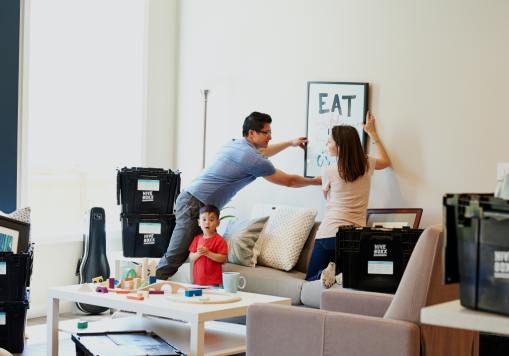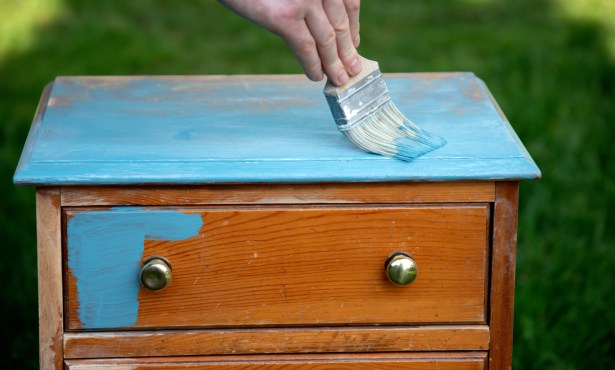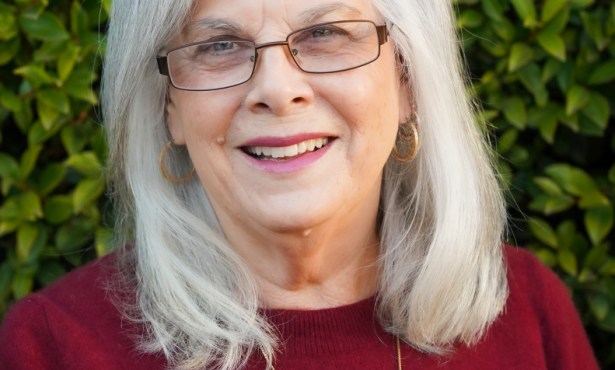Downsizing with a Plan
Embrace the Change and Look to the Future

Your closet is not a museum, nor is it a hope chest.
This was a quote I used on a slide during a presentation I delivered to a fantastic group of women last month at The Little Town Club — the oldest women’s group in Santa Barbara. We chatted and kibitzed on all things downsizing, purging, simplification, and extraction of STUFF. They loved this quote as well as this one by George Carlin: “Trying to be happy by accumulating possessions is like trying to satisfy hunger by taping sandwiches all over your body.”
If only funny quotes could move us to action. Downsizing is no joke and can be overwhelming. Where does one start? What goes? What stays? How much time will this take? How on earth can I leave behind my home of 20, 40, 50 or more years? Following are some guidelines to help.
First and foremost, have a plan. This includes a timeline as well as a floor plan of your new living space. Making a floor plan that shows each room and the placement of each piece of furniture is invaluable when moving into a smaller space. Try to take actual measurements of the rooms, and include locations of doors, windows, heaters, outlets, etc. This allows you to feel confident and in control of which of the largest of the furniture is moving with you.

Be honest when deciding what to take. For example, if you are moving from a four-bedroom to a two-bedroom home, you will need to eliminate at least half of your current stuff. Think about your new space — how big are the closets? Does it have the same amount of storage? We tend to forget what’s in those nooks and crannies all over our house. Where do you start? Consider these ideas:
- Concentrate on what you will need to make you feel comfortable, provide adequate storage, and preserve the cozy, warm feeling of your home.
- Assess your space needs. Where will items from built-in spaces go? If you’re not taking your china cupboard, where will the china go? Will a twin bed give you more living space than a king?
- Work from largest to smallest. Once you have the larger pieces figured out, start on the smaller items.
- Focus on sorting and paring down. You can’t take every gift, book, blanket, and mug you own, and believe me, your friends and family will understand.
- Avoid turning your house into chaos. Always have a trash bag handy — if it’s trash, throw it out now. Use labeled boxes or bins for categories such as “donate,” “give to ___,” and have one titled “not sure right now.” This allows you to keep moving through the process and avoid getting stuck when you are not yet sure what to do with one thing. Sort clothes side to side on closet rods. When you’re done, things are sorted but still in place.
- Set a timer, complete a small task every day according to your timeline, and make small steps to continue to work toward the day of the move.
- Pick a magic number between one and five (three is good). When you can’t decide how many of something to keep, use your magic number as a guideline.
What should you do with the things you’re not taking? First, offer it to family and friends, but remember their houses are already full. If there’s an overabundance of stuff, an estate sale may be best. Estate sale professionals will get the best price for your things and leave the house clean for a 25-30 percent commission. An auction may involve additional charges, and you’ll still have stuff left. Tag or garage sales require work but will bring immediate gratification. Some charities will come into your house, pick things up, and give you a receipt.
The good news is that you don’t have to do this alone. Many professionals will delight in helping you with what may seem overwhelming. A professional organizer can help make decisions and weed through the years of accumulation. A moving company can ease the packing and moving process. An estate sales specialist will help set up the sale of your items.
Last but not least: Don’t wait until the last minute. Procrastination will only add more pressure to the process. Even though change is difficult, try to embrace it by using your support system and looking toward the future with a smile from your new space in life.
Sara Caputo transforms how individuals, teams, and small businesses navigate workflow and increase workplace efficiency. Her work has been featured in Working Women, Success, and Forbes, as well as other national and regional publications. She can be reached at sara@saracaputoconsulting.com.
Support the Santa Barbara Independent through a long-term or a single contribution.




You must be logged in to post a comment.